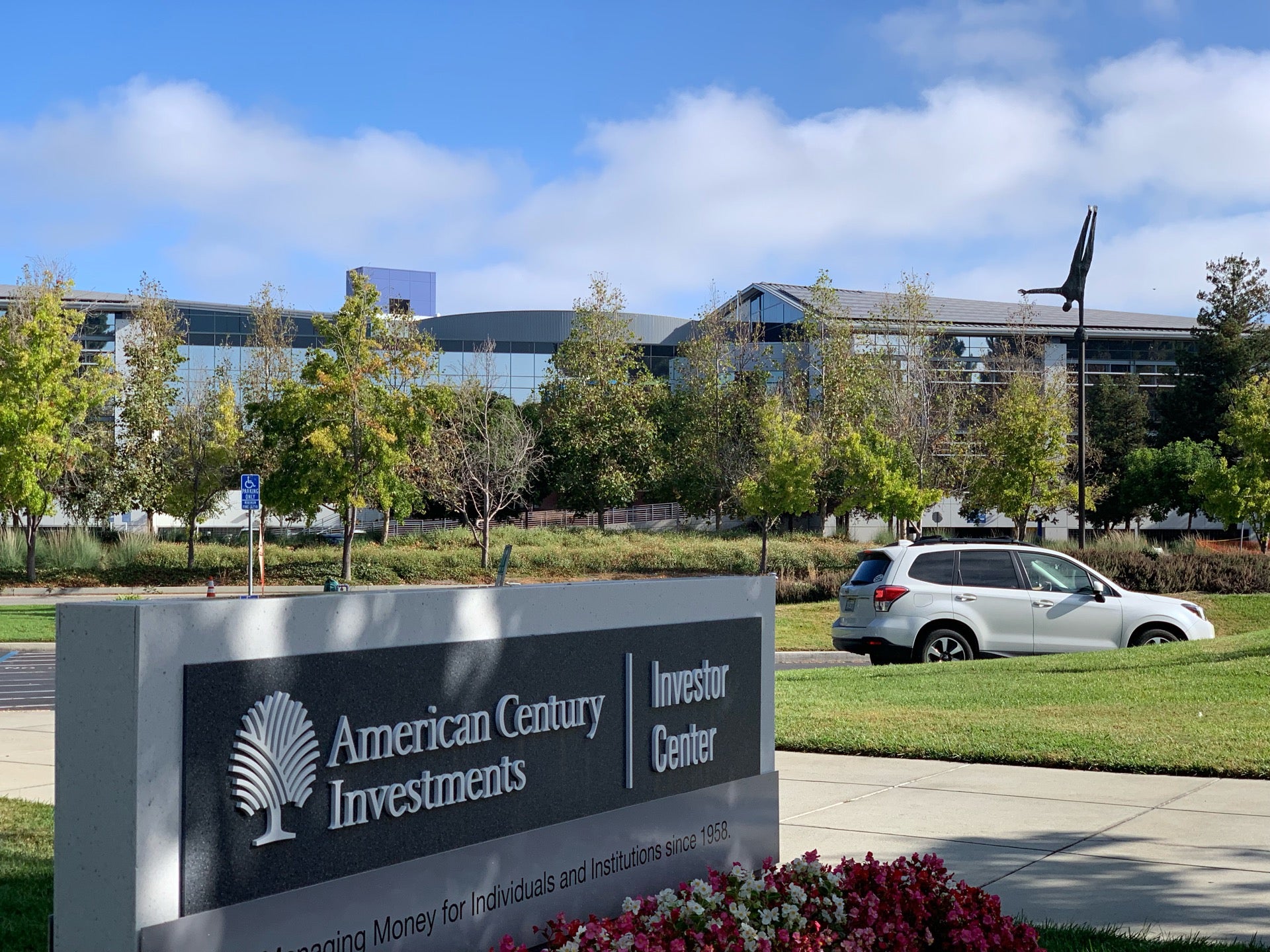
In the realm of 401(k) investments, a paradigm shift is underway, and it’s altering the very fabric of mutual funds. Recent times have witnessed a surge in the adoption of collective investment trusts, displacing traditional mutual funds within 401(k) portfolios. These trusts mirror the functionality and appearance of mutual funds, yet they tend to boast lower fees and offer limited insight into their internal workings for participants.
Contents
The Rise of Collective Investment Trusts

These collective trusts, also known as collective trust funds, presently constitute a staggering $2.4 trillion, accounting for 16% of the colossal $15 trillion encompassing 401(k) and pension plans. This substantial rise from $1.3 trillion (which represented 12.7% of the total) in 2009, as per reports from the Investment Company Institute and Cerulli Associates, underscores the burgeoning popularity of this investment vehicle. Unlike mutual funds regulated by the Securities and Exchange Commission, these trusts are exclusively available to retirement plans and are governed by banking regulators.
Industry pundits have predominantly lauded this trend as a boon for 401(k) investors. Nathan Voris, Director of Sponsor and Workplace Investments at Morningstar Inc., attests, “Collective trusts often emerge as the most cost-effective choice in the market for 401(k)s.” Many of these trusts align with index tracking, akin to index mutual funds. Notably, Fidelity Investments recently embraced this movement by introducing collective-trust versions of actively managed mutual funds, including stalwarts like Fidelity Contrafund and Fidelity Low-Priced Stock Fund. Chuck Black, Fidelity’s Senior Vice President of Investment Services, points out that the cost differentials can amount to as much as 0.2 or 0.3 percentage points in favor of the trusts.
READ MORE:

This substantial cost-saving isn’t an anomaly. According to Callan Associates Inc., participants in 401(k) plans with assets exceeding $1 billion bear an average fee of 1.01% for a retail mutual fund lineup. This cost drops to 0.85% when institutional share classes are employed, an option widely accessible to most 401(k) plans. With collective trusts, the average cost further plummets to 0.54%, nearly half the retail price.
The Benefits for 401(k) Investors

The cost-effectiveness of collective trusts primarily stems from their exemption from the Investment Company Act of 1940, the governing statute for mutual funds. This exemption obviates the need for trusts to furnish prospectuses, periodic reports, and certain filings to the SEC, leading to substantial savings in legal and distribution expenses.
Due to their more niche audience, collective trusts typically allocate fewer resources to marketing efforts compared to mutual funds, asserts Mr. Voris.
A Game Changer for Employers
The allure of lower expenses is irresistible to employers keen on mitigating 401(k) participants’ costs, especially in light of mounting litigation surrounding high 401(k) fees and the introduction of federal regulations mandating fee disclosures in 2012.
Historically prevalent among major 401(k) plans, collective trusts are now accessible to midsize plans with assets surpassing $100 million, according to Drew Billingsley, Vice President at American Century Investments. The Kansas City-based investment firm, a pioneer in offering collective trusts to 401(k)-style plans since 2007, recently slashed the minimum required investment for its target-date collective trusts from $50 million to $15 million.
However, these cost benefits come with certain trade-offs. Collective trusts lack ticker symbols, making it impossible for 401(k) participants to track their performance or make comparisons using popular public platforms like Morningstar.com, Yahoo Finance, or publications like The Wall Street Journal, which provide comprehensive data on mutual fund performance.
Furthermore, while mutual-fund investors can effortlessly obtain prospectuses and other standardized materials from fund-company websites, participants in collective trusts may need to request similarly detailed documents from their 401(k) plan or the trust’s managing entity.
The Regulatory Advantage
In contrast to mutual funds, collective trusts are characterized as “less transparent” by Brooks Herman, Head of Data and Research at BrightScope Inc. This opacity is a trade-off individuals are willing to accept in exchange for the considerable fee savings.
However, as collective trusts gain traction among 401(k) plans, many have augmented their voluntary disclosures to participants. Although not obligated to offer daily pricing, this feature has become standard practice.
RELATED POST:
- Unlocking Kuwait’s Real Estate Potential: Kuwait Real Estate Co. K.S.C. – KRE Investments
- Unveiling Genie Investments: Your Path to Financial Prosperity
- Amplifying Returns: The Dynamics of Private Equity Co-Investments
Meeting Regulatory Requirements
On websites designed for 401(k) participants, information pertaining to trusts closely mirrors that of funds. This shift can be attributed, in part, to trusts increasingly being administered by banking divisions of major asset management firms and 401(k) record keepers.
Numerous plan administrators furnish fact sheets that divulge critical information, including a collective trust’s performance and top holdings. Invesco Ltd.’s trust company, sponsoring 45 collective trusts boasting approximately $60 billion in assets, updates holdings on a monthly basis, states Senior Vice President Betsy Warrick. Fidelity, for its part, provides a document for its collective trusts that bears resemblance to a condensed prospectus, according to Mr. Black.
“There is a movement among trust sponsors to make their products look more like mutual funds,” notes Ms. Lucas. “More and more trusts are offering prospectus-like documents, recognizing that plan sponsors and participants seek that level of transparency.”
Under federal guidelines for 401(k) fee disclosure, plans are mandated to divulge, in annual statements disseminated to participants, the expenses incurred by workers for investing in the plans, along with the performance of the investment options, including any collective trusts.
Collective trusts are also obligated to furnish specific disclosure documents to employers. These may encompass an audited annual financial statement delineating the collective trust’s holdings at the fiscal year-end or a document, often referred to as an offering memorandum or an offering circular, which broadly mirrors a mutual-fund prospectus, as elucidated by John Schadl, Principal and Head of Vanguard Group’s Erisa and Fiduciary Services. Many of these documents are available to 401(k) participants upon request.









